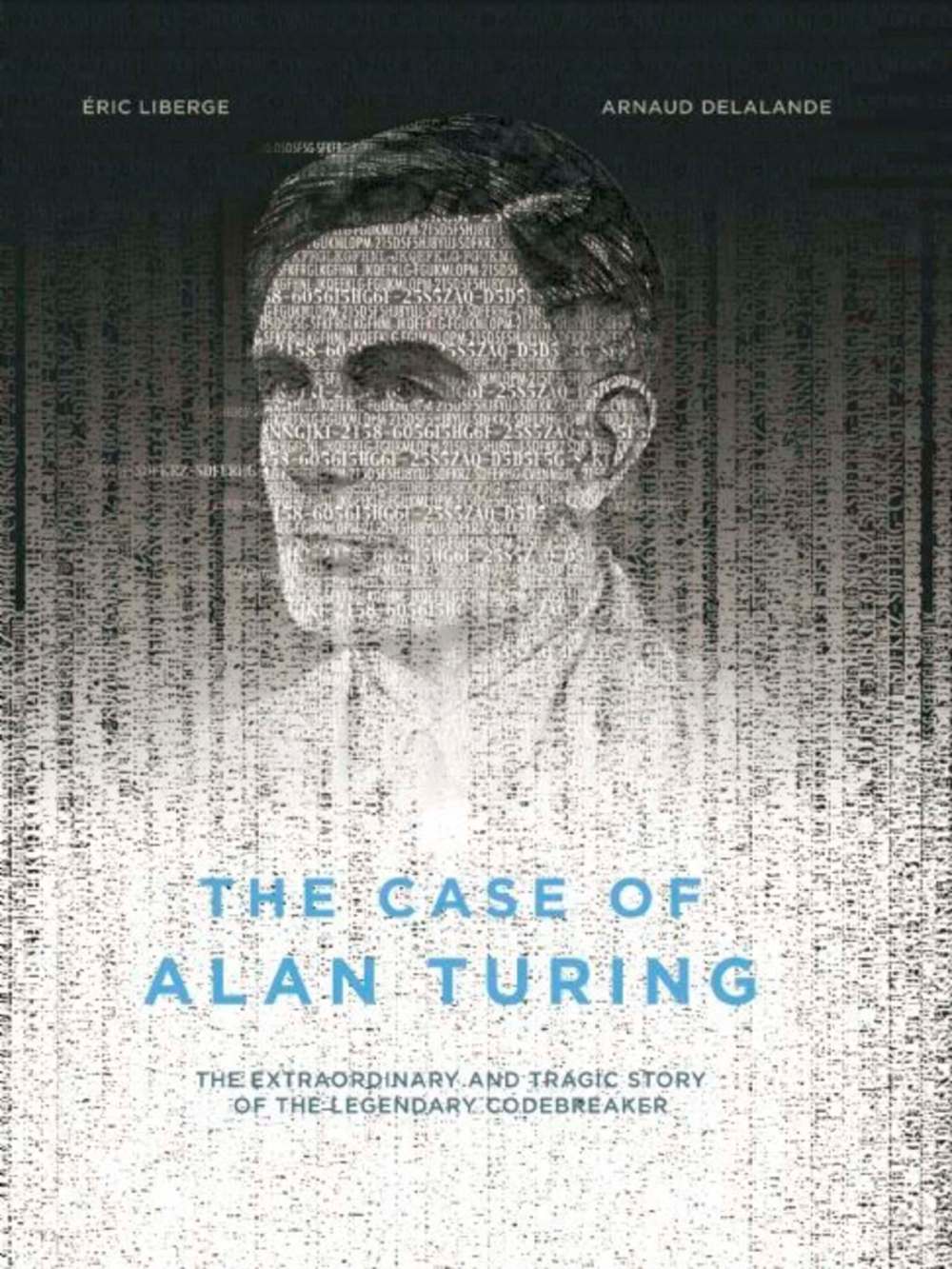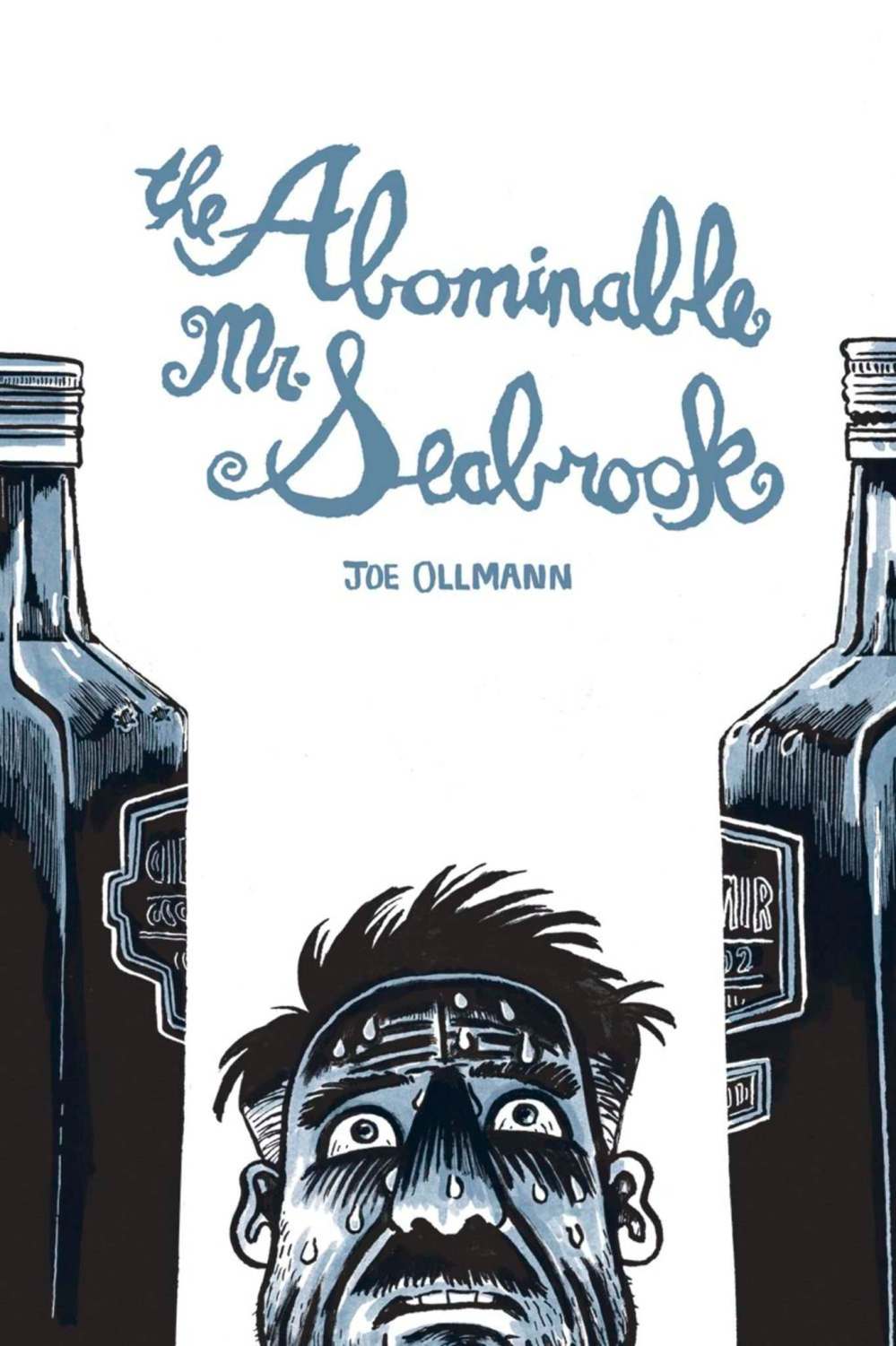Drawing on real life: Graphic novels grapple with gripping non-fiction topics
Advertisement
Read this article for free:
or
Already have an account? Log in here »
To continue reading, please subscribe:
Monthly Digital Subscription
$0 for the first 4 weeks*
- Enjoy unlimited reading on winnipegfreepress.com
- Read the E-Edition, our digital replica newspaper
- Access News Break, our award-winning app
- Play interactive puzzles
*No charge for 4 weeks then price increases to the regular rate of $19.00 plus GST every four weeks. Offer available to new and qualified returning subscribers only. Cancel any time.
Monthly Digital Subscription
$4.75/week*
- Enjoy unlimited reading on winnipegfreepress.com
- Read the E-Edition, our digital replica newspaper
- Access News Break, our award-winning app
- Play interactive puzzles
*Billed as $19 plus GST every four weeks. Cancel any time.
To continue reading, please subscribe:
Add Free Press access to your Brandon Sun subscription for only an additional
$1 for the first 4 weeks*
*Your next subscription payment will increase by $1.00 and you will be charged $16.99 plus GST for four weeks. After four weeks, your payment will increase to $23.99 plus GST every four weeks.
Read unlimited articles for free today:
or
Already have an account? Log in here »
Hey there, time traveller!
This article was published 25/02/2017 (3172 days ago), so information in it may no longer be current.
The messiness of everyday life is popular fodder for cartoonists working in adult non-fiction. Recent books from Vancouver’s Arsenal Pulp and Montreal’s Drawn & Quarterly confirm Canadian publishers are at the forefront of this alternative comics boom.
Vanessa Davis’s Spaniel Rage is a compilation of sketchbook autobiographical comics of her experiences as a young Jewish woman navigating work, dating, family and friendship in New York City. Davis is a California cartoonist and illustrator best known for her well-received 2010 collection of autobiographical comic strips, Make Me a Woman. Spaniel Rage was originally published in 2005 as a mini-comic by the now-defunct Buenaventura Press. Drawn & Quarterly brings this cult comic back into print in a high quality paperback that collects the one-a-day comics Davis drew between 2003 and 2004.
They depict Davis’s everyday life, such as conversations with friends and microaggressions at work. However, they offer fewer of the intimate insights readers might expect from a diary comic.
The one standout element is the evidence of her creative process: Davis often leaves behind erased material and comments on how she feels about the quality of the drawing, so that the most confessional elements are about the process of drawing itself.
Becoming Unbecoming, by the Yorkshire cartoonist only identified as Una, is a female graphic memoir in a very different vein. Originally published by Myriad in the U.K., it combines a personal narrative of an adolescent girl’s sexual abuse by several men in the late 1970s with the political story of the serial killer Peter Sutcliffe, also known as the Yorkshire Ripper. He is still serving 20 life sentences for the murder of 13 women and the attempted murder of seven more.
Una shows how the culture of misogyny and shame that led to a series of documented police errors, such as disbelieving the testimonies of young women, also shaped her experiences of gender violence. The heaviness of this material is carried by beautiful greyscale images punctuated by bright red. There are also poignant visual abstractions, such as when the burden of Una’s secrets is represented by an empty speech balloon she carries on her back like a heavy sack.
Becoming Unbecoming both documents an historical event that led to shifts in police culture and public discourse, and shows how women continue to experience the effects of body shaming and gender violence.
The personal and the political also collide in The Case of Alan Turing, by well-known French graphic novelists Eric Liberge and Arnaud Delalande and translated into English by Montreal’s David Homel. The story of Alan Turing — the British Second World War codebreaker whose work at Bletchley Park decoding German messages helped save countless lives, and who was then persecuted for his homosexuality and eventually committed suicide — went mainstream with the 2014 biopic The Imitation Game. This is one of the sources this attractive hardcover book credits, and it takes a similarly compassionate approach to Turing’s personal eccentricities and frustrated desires.
Drawn in a masterful classic comics style with dense colouring and black shadows that haunt Turing, the book uses recently declassified documents and Turing’s letters and journals to provide a first-person perspective. The complex details of military history and cryptography are presented clearly, and the authors depict movingly the psychological toll of state-sanctioned homophobia on this brilliant man.
The Abominable Mr. Seabrook is a fascinating graphic biography of a lesser-known American writer of the 1920s Lost Generation, William Seabrook. A sensational travel writer, he is perhaps best known for experimenting with cannibalism and introducing the word “zombie” after his participation in Haitian voodoo ceremonies. As this warts-and-all book shows, Seabrook was also a raging, self-pitying alcoholic who was obsessed with sadism and bondage.
Joe Ollmann is an award-winning Hamilton cartoonist who excels at graphic short stories of psychological complexity. The Abominable Mr. Seabrook is an entertaining full-length story of a man whose personality is not always likable. Nevertheless, Ollmann’s extensive research and critical yet affectionate take on his subject make for a compelling story, full of odd anecdotes and a rich cast of characters. The heavy ink lines and grey-blue washes convey the biographer’s cool gaze on this chaotic life, yet the funny caricatures and emotive facial expressions suggest he finds some sympathy with them too.
Candida Rifkind teaches Canadian literature and graphic narratives in the department of English at the University of Winnipeg.





